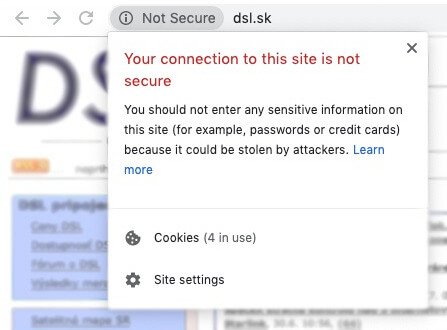
Fields containing line breaks (CRLF), double quotes, and commas should be enclosed in double quotes.If fields are not enclosed with double quotes, then double quotes may not appear inside the fields. Each field may or may not be enclosed in double quotes.The last field in the record must not be followed by a comma. Spaces are considered part of a field and should not be ignored. Each line should contain the same number of fields throughout the file. In the header and each record, there may be one or more fields, separated by commas.For example:įield_name,field_name,field_name CRLF aaa,bbb,ccc CRLF zzz,yyy,xxx CRLF Also, it should contain the same number of fields as the records in the rest of the file.

The header contains names corresponding to the fields in the file.

Melissa Potter,Head of Accounts,(555)791-3471,"Not interested, gave referral"Īs you can see, only the fields that contain commas are enclosed in quotes. Prescilla Winston,Development Director,(555)218-3981,said to call again next week Jim Grayson,Senior Manager,(555)761-2385,"Spoke Tuesday, he's interested" To retain the commas in our "Notes" column, we can enclose those fields in quotation marks. The commas that are part of your data are kept separate from the commas which delimit the fields themselves.įor example, let's say that one of our text fields is a user-created description that allows commas in the description. If the fields of data in your CSV file contain commas, you can protect them by enclosing those data fields in double quotes ( "). But what if the data itself has commas in it? In the CSV file you created, individual fields of data were separated by commas. It would create a table of data similar to the following: Title1 You can then open the file using Microsoft Excel or another spreadsheet program. Then enter the text data you want the file to contain, separating each value with a comma and each row with a new line. To create a CSV file with a text editor, first choose your favorite text editor, such as Notepad or vim, and open a new file. Click a link below for the steps to create a CSV file in Notepad, Microsoft Excel, OpenOffice Calc, and Google Docs. More frequently, however, a CSV file is created by exporting ( File > Export) a spreadsheet or database in the program that created it. Creating a CSV fileĪ CSV is a text file, so it can be created and edited using any text editor. Here, the fields of data in each row are delimited with a comma and individual rows are separated by a newline.


The above data could be represented in a CSV-formatted file as follows: Sally Whittaker,2018,McCarren House,312,3.75īelinda Jameson,2017,Cushing House,148,3.52 Example spreadsheet dataįor example, let's say you had a spreadsheet containing the following data. Its data fields are most often separated, or delimited, by a comma. Files in the CSV format can be imported to and exported from programs that store data in tables, such as Microsoft Excel or OpenOffice Calc.ĬSV stands for " comma- separated values". CSV is a simple file format used to store tabular data, such as a spreadsheet or database.


 0 kommentar(er)
0 kommentar(er)
